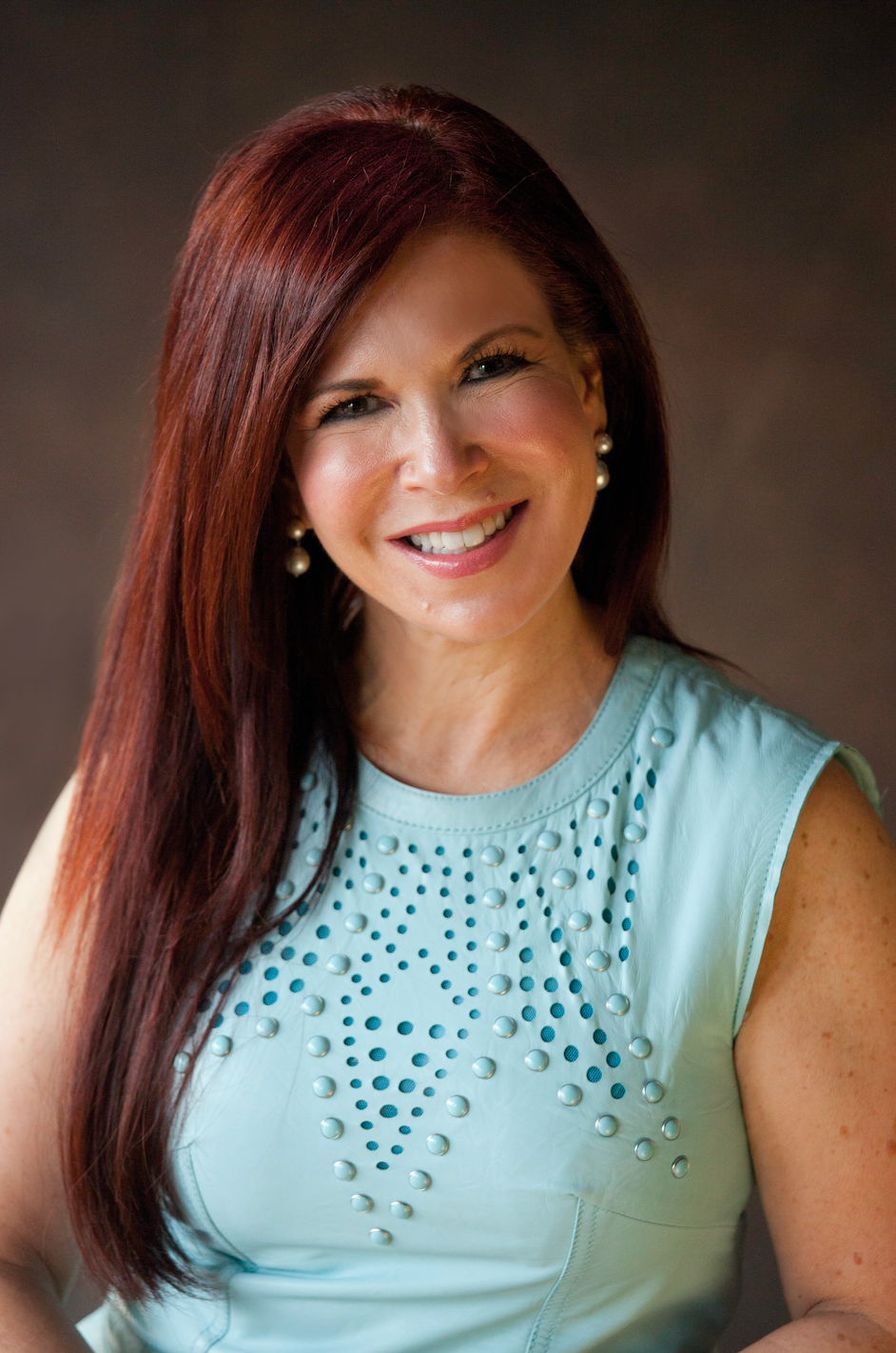- Case-Based Roundtable
- General Dermatology
- Eczema
- Chronic Hand Eczema
- Alopecia
- Aesthetics
- Vitiligo
- COVID-19
- Actinic Keratosis
- Precision Medicine and Biologics
- Rare Disease
- Wound Care
- Rosacea
- Psoriasis
- Psoriatic Arthritis
- Atopic Dermatitis
- Melasma
- NP and PA
- Skin Cancer
- Hidradenitis Suppurativa
- Drug Watch
- Pigmentary Disorders
- Acne
- Pediatric Dermatology
- Practice Management
- Prurigo Nodularis
- Buy-and-Bill
Article
Dr. Bucay’s top sunscreen picks
Author(s):
With compacts, sticks, creams and more, there’s no excuse for patients not to apply a daily dose of skin protection. At the 2019 Cosmetic Surgery Forum, Dr. Vivian Bucay discusses her favorite sunscreen picks of the year.
Dr. Bucay

As a specialty, the aesthetic industry is saturated with the latest in topical skincare technology, making it increasingly difficult to know what products your practice can rely on to give patients lasting and consistent results.
At the winter 2019 Cosmetic Surgery Forum in Nashville, Tenn., Vivian Bucay, M.D., a board-certified dermatologist practicing in San Antonio, Texas, discussed her favorite skincare products in the Top 10 Cosmeceutical panel, highlighting sunscreen.
Noting the change in how the specialty thinks about skincare, she says she focuses on skin wellness, not only reversing the aging process or correcting existing skin issues.
“I'm always looking for the latest and greatest, but my shift in recent years has been towards skin wellness, and about prevention, not just about correction,” she says.
Dr. Bucay says that two of her favorite sunscreen products come from Skinbetter Science: the Sunbetter Tone Smart SPF 68 Sunscreen Compact and the Sunbetter Sheer SPF 56 Sunscreen Stick, both with recommendations from the Skin Cancer Foundation for effective broad-spectrum sunscreen protection.
The compact, which is 100% mineral-active sun protection, can easily be carried around for mid-day reapplications.
“It's something that I can carry in my bag. It is a solid; not cream; not a powder. It blends in and has self-adjusting colors, so it works on almost all skin types,” she says. “It's a novel type of zinc oxide and titanium dioxide, [meaning] mineral only. That's a big buzzword right now with sunscreens and they're extremely well tolerated.”
Unlike the compact, the sunscreen stick has a transparent formula and can effectively be applied both around the eye area as a primer and on the face over makeup throughout the day.
Dr. Bucay says that the best part about the stick is that, because it has no tint, all Fitzpatrick types can use it without fear that it will create a discoloring effect on the skin.
“It's great for Fitzpatrick skin types I through VI, so fairest of skin to darkest of skin can wear a pure mineral sunscreen without worrying that it's going to look white or ashy,” she says.
Both products protect against UVA, UVB, blue light and infrared light.
“There are people that work in front of computers, we know that that high energy visible light, that blue violet light in particular, can contribute to aging, sagging of the skin,” she says.
Another product Dr. Bucay recommends is Eryfotona Actinica SPF 50 by Isdin. Formulated with DNA repairsomes and Vitamin E, this product claims to prevent and repair sun damage. Specifically, Eryfotona “reduces and improves the sublinical [sic] cutaneous cancerization field associated with actinic keratoses (AK) and non-melanoma skin cancer (NMSC),” according to the Isdin website.
“The idea that you can wear a sunscreen [that’s] also a treatment is something that is innovative, and although not new this year, it is something that's really gaining traction,” Dr. Bucay says.
Above all, she says that it is important to let patients know to wear sunscreen even when inside because of the need to protect skin against the blue light of smart devices and infrared light.
“Just because people aren't outdoors getting UV exposure doesn't mean they're not getting environmental exposure,” she says.





